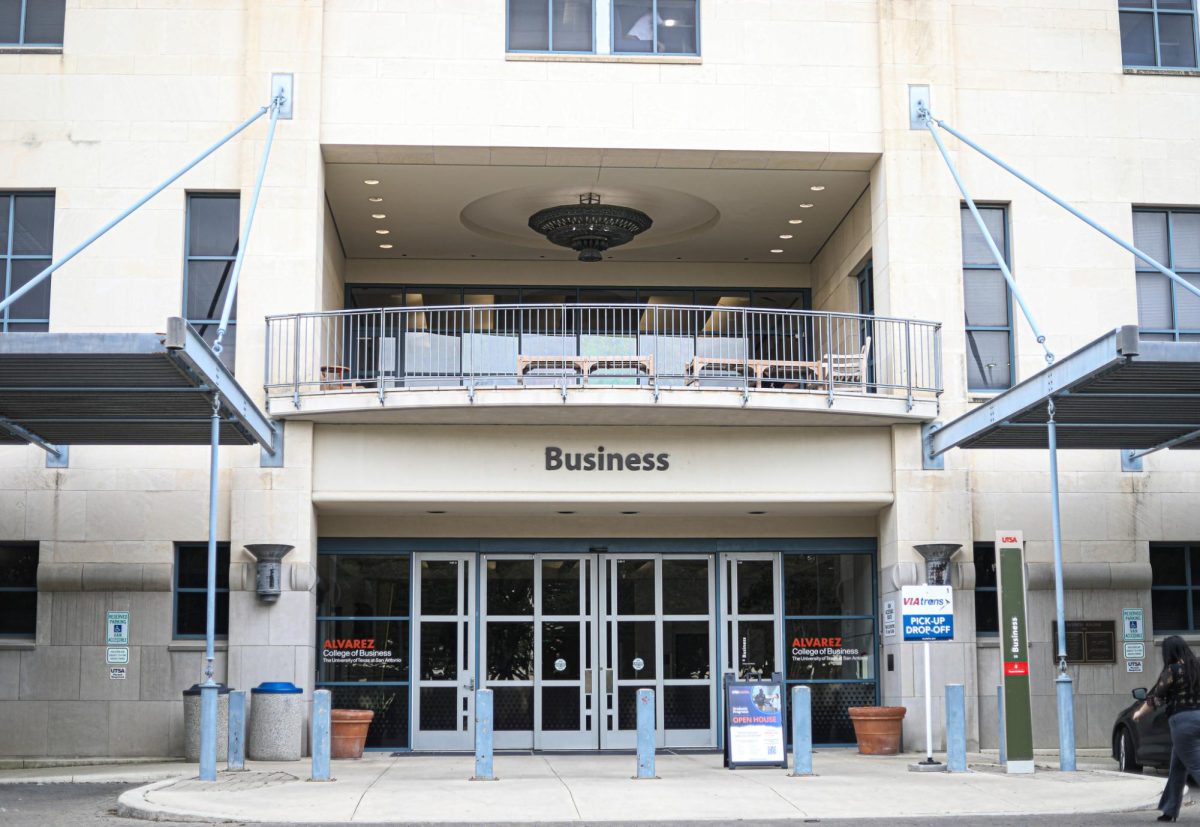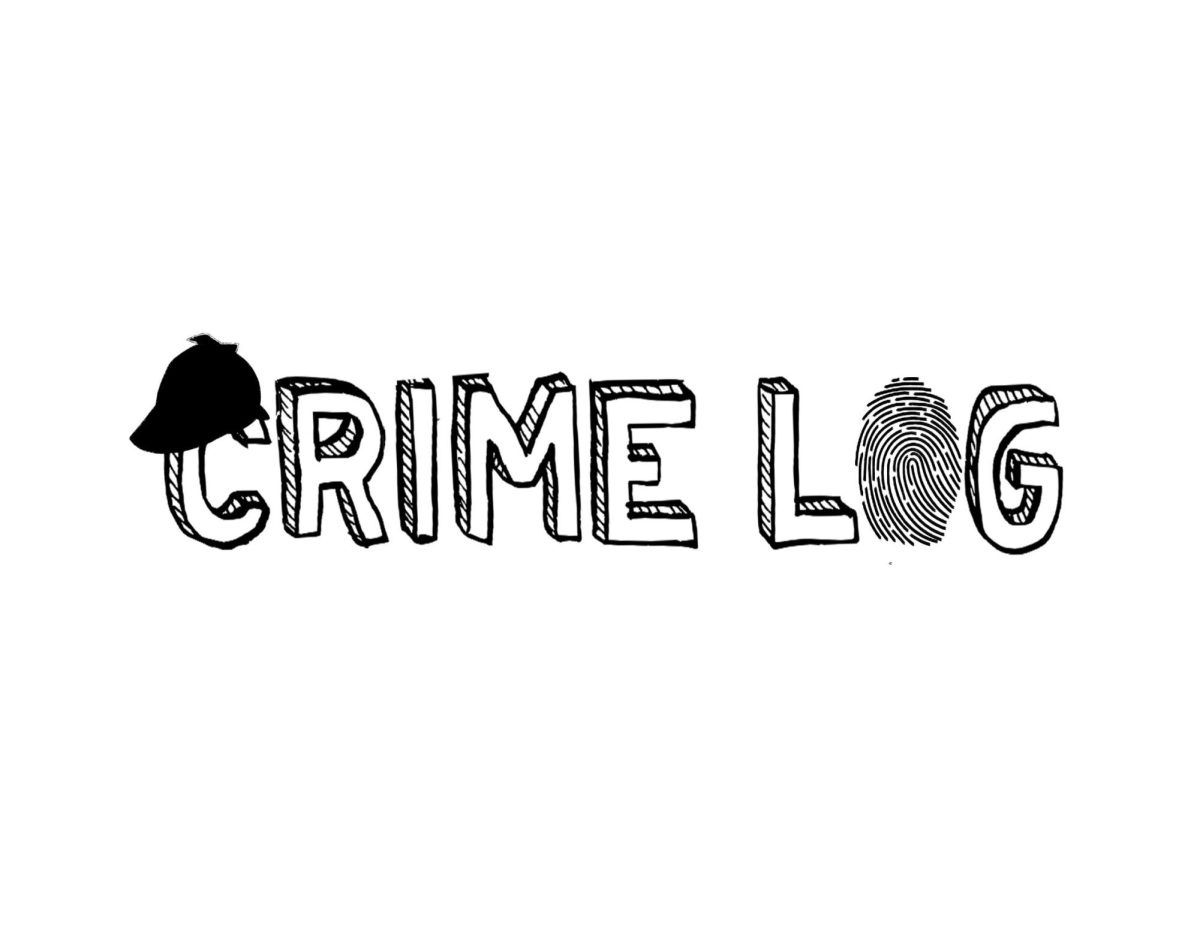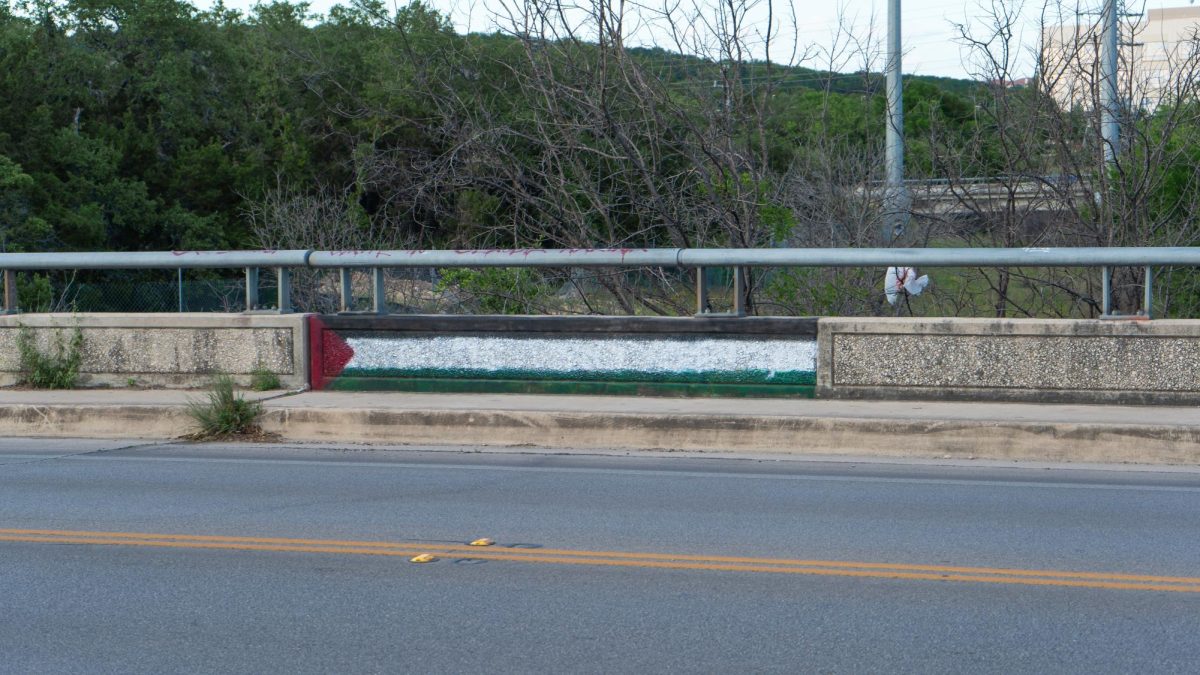Business propositions, partnerships and a chance to win a $100,000 CITE competition are at stake for UTSA entrepreneurial students — but they only have eight minutes.
UTSA’s Center for Innovation and Technology Entrepreneurship (CITE) biannual $100,000 Student Technology Venture Competition pits 10 business teams — consisting of UTSA engineering and business students — against each other as they present a prototype to a panel of judges who decide what product is worthy of investment.
Marking its eighth year, CITE — the largest undergraduate business plan competition in the country — has had over 1,000 students participate in the Technology Entrepreneurship Boot Camp for young entrepreneurs, with 500 of those students continuing on to the $100k CITE competition.
“What makes (entrepreneurship) attractive — in my view — is it gives you a different way of thinking,” said UTSA Chief Commercialization Officer and Professor of Innovation & Entrepreneurship, Dr. Cory Hallam. “If you look at my graduate class I teach the students about having an entrepreneurial radar so they can identify a problem that is big enough and has a large enough need that it needs to be solved and in doing so creating a business model.”
Dr. Anita Leffel, director of entrepreneurship programs and senior lecturer in the Department of Management, explained that the entrepreneurial field is full of small businesses that are most in need of innovation, which is why entrepreneurs are a necessary commodity in the workforce.
Students enrolled in Dr. Leffel’s undergraduate course are given various outlets to understand entrepreneurship; that is, students identify a product, determine whether that product has potential for commercialization to make money, identify the customer and develop a business plan while learning the intricacies of their target market.
In doing so, engineering students must develop a proof of concept showing that their product has some feasibility toward actual commercialization. Business students then take the product and develop a business model to answer the question ‘How will I make money?’ Combined, the two contrasting fields, whose technical language often do not mesh, both aim at identifying what Leffel describes as a real problem and finding the best logical solution that grabs an investor’s attention.
“We give (students) a road map. From day one we are giving them a road that if you follow and you come to class, and you make a presentation it will culminate into the (CITE) competition,” said Leffel. “I believe anybody can learn the skill set of an entrepreneur, and I wish everyone was taking a course in entrepreneurship just to open their minds and eyes to the fact that anybody can learn the tools of an entrepreneur.”
Although entrepreneurship can yield prosperous outcomes, Hallam explained that certain entrepreneurial components, such as being able to clearly articulate a product or service, separate successes from failures. Entrepreneurial endeavors, Hallam explained, include calculated risks rather than gambling, which considers odds instead of pre-identifying potential risks.
“I can pretty much guarantee that every young start up that does not spend a lot time talking to potential customers and discovering their customer base will fail because your customers will give you great information on what they want and what they currently don’t have,” said Hallam.
As the semester ends, UTSA CITE participants’ experiences culminate into one eight-minute pitch to determine if their product survives past the drawing boards. Conceptum Biologics — a team consisting of members Paula Ngyuen, Zachary Espericveta, Daniela Arriaga, Victor Aguero, Jair Castillo, and Ehab Abdelaziz — will present their Cricothyroid Membrane Detection Device.
The team explained that, normally, when an accident occurs or breathing is obstructed, paramedics must perform a cricotrhotemy, a procedure that makes an incision into the neck creating an emergency airway. The procedure, however, first requires finding the crcothyroid membrane, which is done through touching the neck, leaving room for human error and inaccuracies that can lead to death. The device presented by Conceptum Biologics will more accurately locate the membrane, reducing risks associated with the existing procedure.
Espericveta and teammate Paula Ngyen, both describe the preparation for the CITE competition as a unique experience unlike any other course they have taken at UTSA. Unlike a typical course, the team remarked that the course isn’t something you can forget, but rather it changes your perspective on how to approach investors and communicate. Students aren’t simply going to class and reading material, but rather incorporating their work into a business pitch, creating their own job instead of getting a job.
“It feels like real life for me. This doesn’t feel like I’m doing it for a class, this feels like it’s my job. This is what I worry about — my other courses are nothing compared to this (competition) at all,” said Espericveta. “Because this is something that could be our future, its not just a project that we just turn in and then its gone. So preparation is different. You want to make sure its instilled in you. This stuff you don’t want to forget a couple months later. You need to know it. You want to understand it.”











